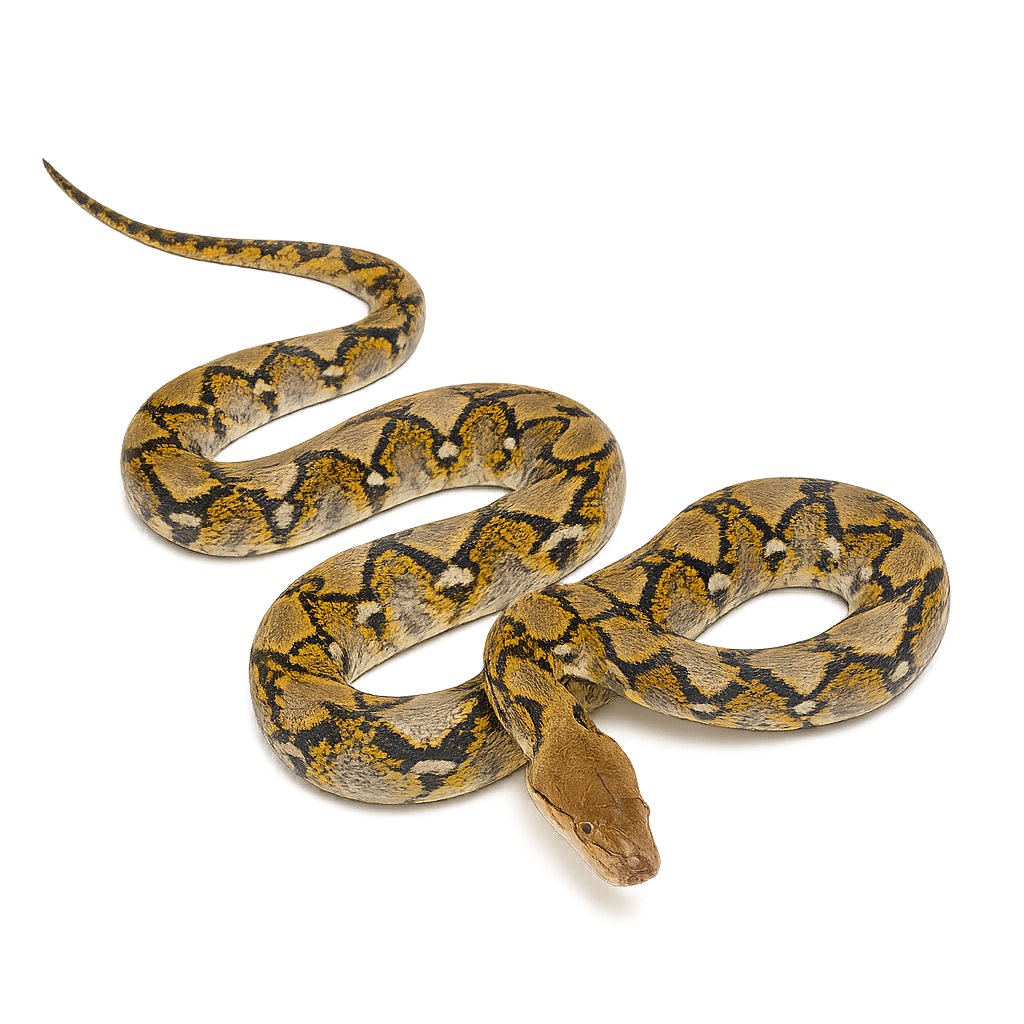Your wildlife photography guide.
Explore the reticulated python in detail, study its behavior, prepare your shots.
Where to observe and photograph the reticulated python in the wild
Learn where and when to spot the reticulated python in the wild, how to identify the species based on distinctive features, and what natural environments it inhabits. The WildlifePhotographer app offers tailored photography tips that reflect the reticulated python’s behavior, helping you capture better wildlife images. Explore the full species profile for key information including description, habitat, active periods, and approach techniques.
Reticulated python
Scientific name: Malayopython reticulatus

IUCN Status: Least Concern
Family: BOIDAE
Group: Reptiles
Sensitivity to human approach: Suspicious
Minimum approach distance: 10 m
Reproduction period: April to August
Incubation: 60-70 jours
Births: April to August
Habitat:
Tropical rainforests, wooded areas, riverbanks
Activity period :
Mainly active at night, generally discreet during the day.
Identification and description:
The Reticulated Python is one of the most impressive and longest snakes in the world, growing over 7 meters in length. It is easily recognized by its complex mesh pattern on its skin, which gives it its name. Native to the tropical forests of Southeast Asia, this python is primarily terrestrial, although it is also capable of climbing trees. It typically hunts mammals and birds, using its constriction power to capture and suffocate its prey. Although generally discreet, it can be dangerous when threatened.
Recommended lens:
300 mm – adjust based on distance, desired framing (portrait or habitat), and approach conditions.
Photography tips:
Photograph the Reticulated Python from a distance using a telephoto lens, especially when it is moving or resting on a tree. Use soft lighting to avoid harsh shadows and extreme contrasts on its skin. Be patient and respectful, taking discreet photos to avoid disturbing the animal. When it is on the ground or hiding in foliage, try to capture shots that highlight the beauty of its pattern.
The WildlifePhotographer App is coming soon!
Be the first to explore the best nature spots, track rutting seasons, log your observations, and observe more wildlife.
Already 1 439 wildlife lovers subscribed worldwide

